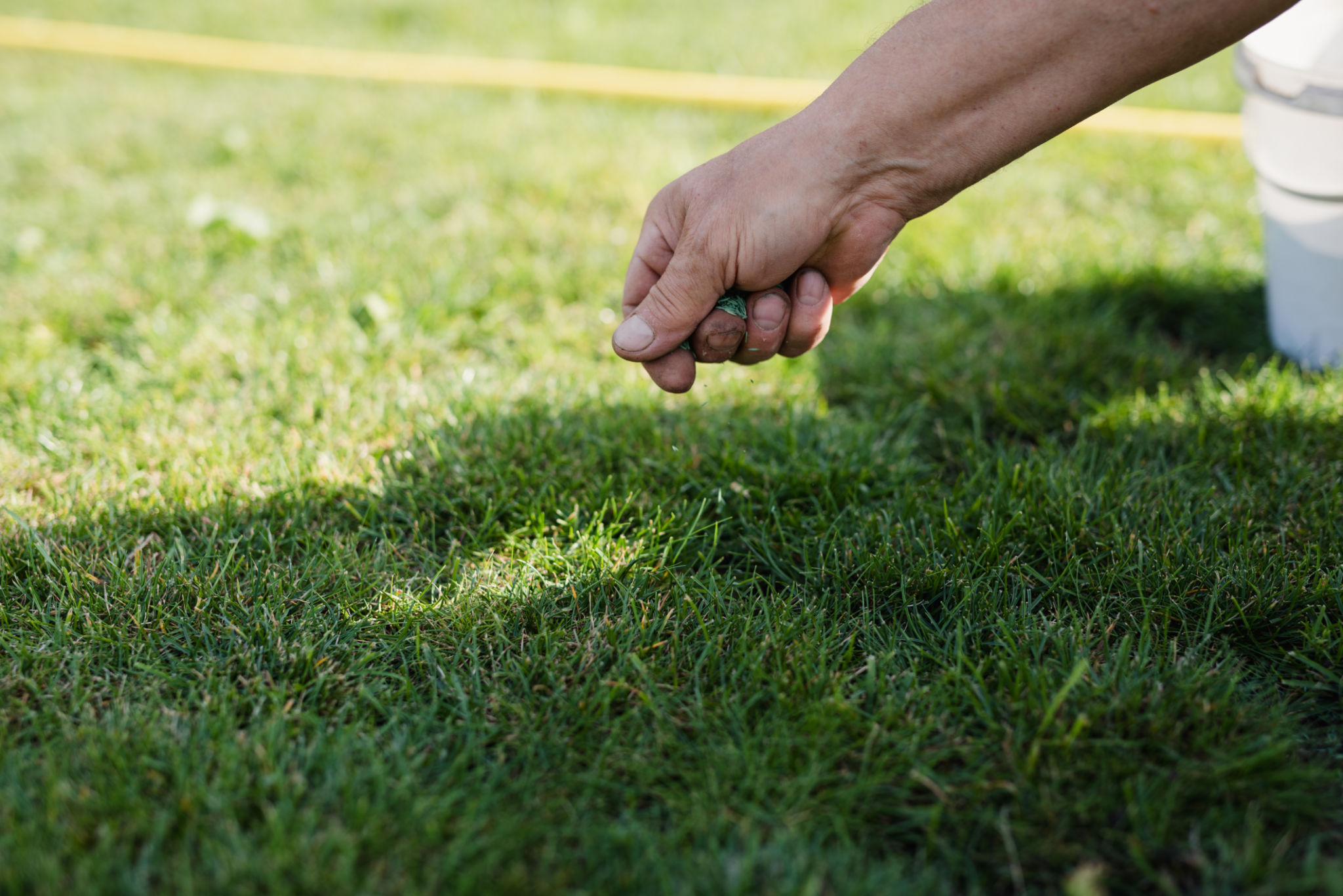How to Prepare Your Michigan Lawn for Winter: Expert Tips
Assess Your Lawn's Current Condition
As the vibrant colors of fall give way to the chill of winter, it's essential to assess your Michigan lawn's current condition. Checking for issues like bare patches, weeds, and compacted soil can help you tailor your winter preparation plan effectively. Identifying these problems early allows you to address them before the ground freezes.
Begin by walking around your yard and noting any areas that need attention. Take this opportunity to look for signs of pest infestations or diseases that may require treatment. This initial assessment will set the stage for the rest of your winter lawn care routine.

Rake and Remove Debris
Raking and removing debris is a critical step in preparing your lawn for winter. Leaves, sticks, and other debris can create a layer that smothers the grass, leading to mold and disease. Regular raking ensures your lawn gets the sunlight and air circulation it needs to thrive.
Consider composting the leaves and organic debris you collect. This not only reduces waste but also provides you with rich compost to use in your garden next spring. A clean lawn is a healthy lawn, especially as it heads into dormancy.
Aerate the Soil
Aerating your lawn is a valuable practice that helps relieve soil compaction, allowing water, nutrients, and oxygen to reach the roots more effectively. In Michigan, where heavy snowfall can compact the soil further, this step is particularly important.
Using a core aerator, remove small plugs of soil throughout your lawn. This process promotes root growth and prepares your grass to better withstand the winter months. Aeration can make a significant difference in your lawn's resilience and health.

Fertilize for Winterization
Fertilizing your lawn in late fall provides essential nutrients that support root growth during dormancy. Choose a high-phosphorus fertilizer to encourage strong roots. This will help your grass recover more quickly when spring arrives.
Apply the fertilizer evenly across your lawn, following the manufacturer's instructions. This nourishment will ensure your grass has the strength it needs to survive the harsh winter conditions and emerge healthy in the spring.
Overseed Bare Areas
Overseeding is an effective way to address bare patches and improve your lawn's overall density. This process involves spreading grass seed over existing grass to fill in gaps and enhance thickness.
Choose a seed mix appropriate for your region and climate. In Michigan, cool-season grasses like Kentucky bluegrass or perennial ryegrass are often recommended. Overseeding now will give new grass ample time to establish roots before the ground freezes.

Water Wisely
Although the growing season is winding down, it's still important to water your lawn properly. Aim to provide about an inch of water per week until the ground freezes. This helps your grass stay hydrated and healthy as it enters dormancy.
Be mindful of weather conditions and avoid watering if heavy rain is expected. Overwatering can lead to waterlogged soil, which can harm your lawn during freezing temperatures.
Adjust Mower Height
As winter approaches, gradually lower your mower height with each cut. By the final mow, your grass should be around 2 to 2.5 inches tall. This height helps prevent disease while minimizing the risk of damage from snow and ice.
Avoid cutting the grass too short, as this can weaken the plant and make it more susceptible to winter stress. A well-maintained mowing schedule ensures your lawn is ready for the colder months.

Winterize Lawn Equipment
Preparing your lawn doesn't stop at the grass. Properly storing and maintaining your lawn equipment is essential for a smooth start next spring. Clean, sharpen, and lubricate tools such as mowers and trimmers before storing them away.
Drain fuel from gas-powered equipment to prevent engine damage during the winter. Taking these steps ensures your tools are in top condition when it's time to tackle your yard again in the new year.